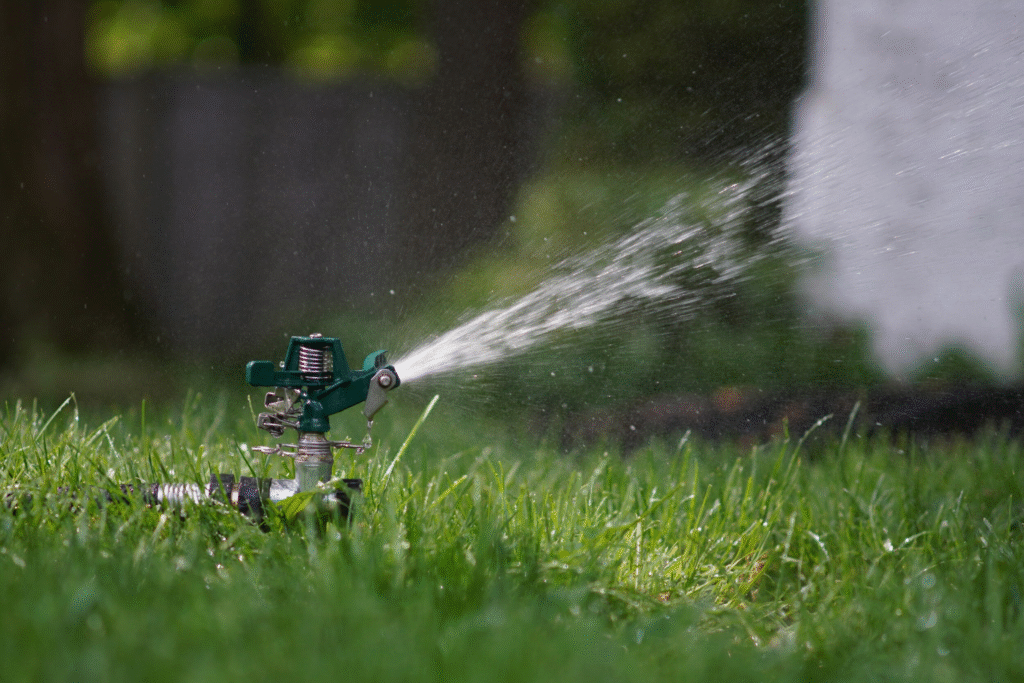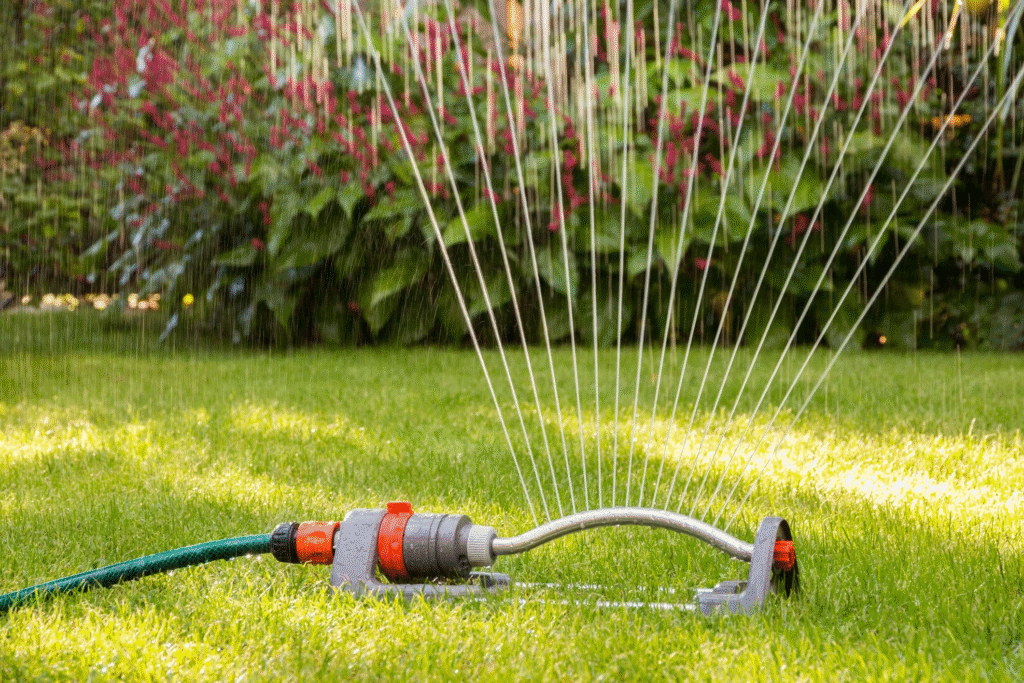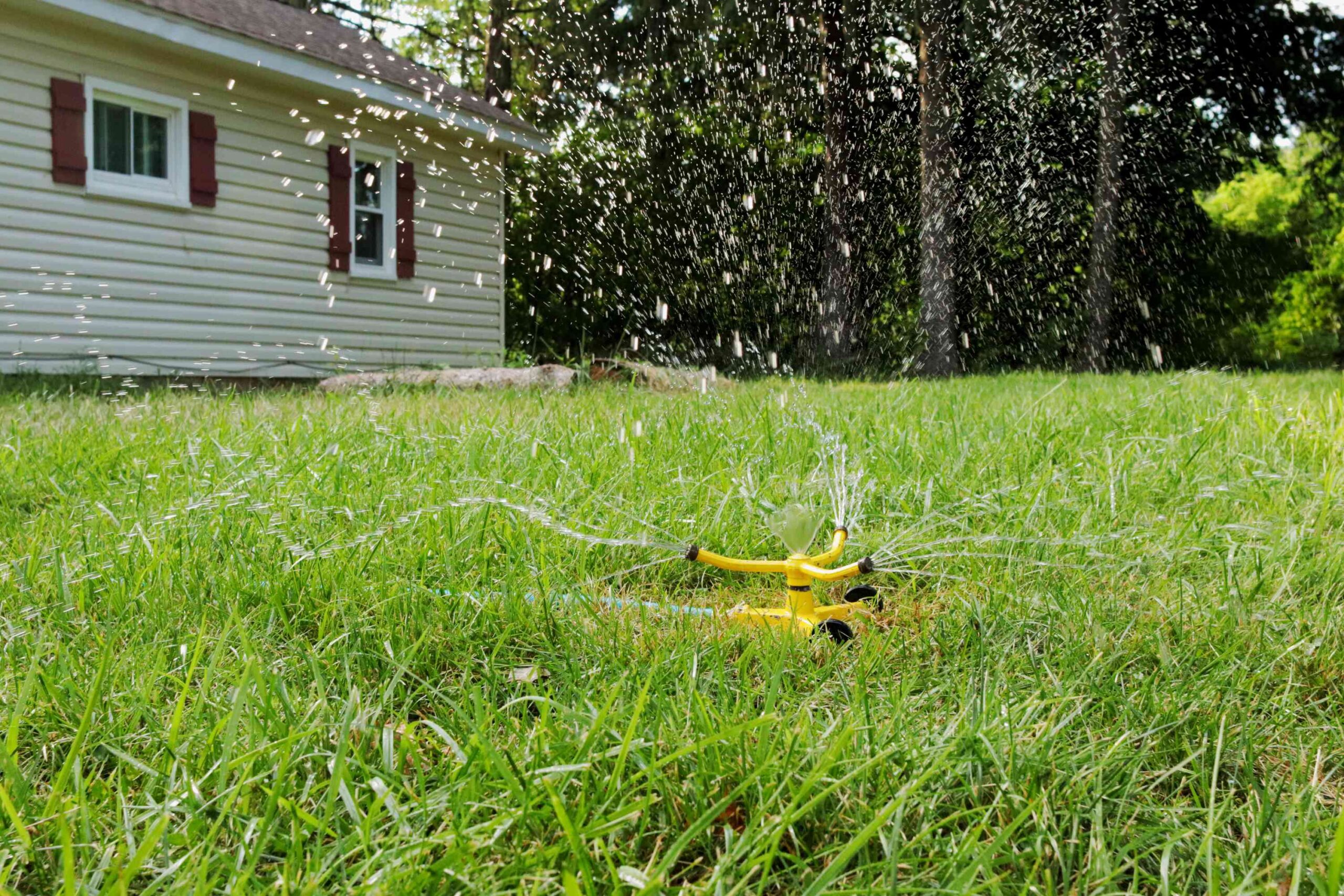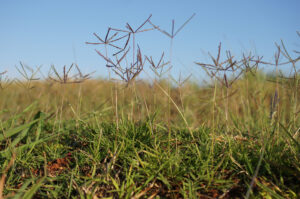How Much Water Your Grass Needs: A Complete Guide to Lawn Irrigation
The lush, green lawn that enhances your home’s curb appeal doesn’t happen by chance. Behind every healthy turf is a well-planned watering strategy tailored to your specific grass type, local climate, and soil conditions. Understanding your lawn’s hydration needs is essential not only for maintaining that picture-perfect yard but also for practicing responsible water conservation.

How Much Water for Lawn: Understanding the Basics
Most established lawns require about 1 to 1.5 inches of water per week, including rainfall, to maintain optimal health and appearance. This fundamental guideline serves as your starting point, but several factors influence your lawn’s exact water requirements:
Grass Type Matters: Cool-season grasses like Kentucky bluegrass and fescue generally need more consistent moisture than warm-season varieties such as Bermuda or zoysia. Knowing your grass type is the first step toward proper irrigation.
Soil Composition: Sandy soils drain quickly and may require more frequent watering, while clay soils retain moisture longer but need slower application rates to prevent runoff. Conduct a simple soil test to understand your lawn’s foundation.
Climate Considerations: Your local environment plays a significant role in evaporation rates. Lawns in hot, windy, or low-humidity areas typically require more water than those in cooler, more humid regions. During extreme heat waves, grass may need up to 2 inches of water weekly to prevent drought stress.
Seasonal Adjustments: Spring and fall typically demand less water than summer’s peak heat. Be prepared to modify your irrigation schedule as seasons change, rather than setting a rigid year-round routine.

How Many Gallons to Water a Lawn: Calculating Your Needs
Understanding the volume of water your specific lawn requires helps you budget resources effectively and avoid waste. Here’s how to calculate your lawn’s water needs:
Square Footage Calculation: First, measure your lawn’s square footage. For irregularly shaped areas, divide into rectangles, calculate each section, and add them together.
Water Volume Formula: To provide 1 inch of water to 1,000 square feet of lawn requires approximately 620 gallons. Here’s a simple formula:
Lawn square footage ÷ 1,000 × 620 = gallons needed for 1 inch of water
Example: For a 5,000 square foot lawn needing 1 inch of water: 5,000 ÷ 1,000 × 620 = 3,100 gallons
Practical Application: While this may seem like a lot of water, remember that this volume is typically spread across multiple watering sessions throughout the week, not applied all at once.
Water Meter Monitoring: Check your water meter before and after irrigation to gauge actual usage. This practice helps identify potential inefficiencies in your watering system and adjust accordingly.
How Often to Irrigate Lawn: Finding the Right Frequency
The key to efficient lawn irrigation isn’t just about quantity—it’s about timing and frequency. Watering deeply but infrequently encourages deeper root growth and more drought-tolerant turf.
The Ideal Schedule: Most lawns benefit from 2-3 deep watering sessions per week rather than daily light sprinklings. This approach promotes stronger root systems that can access moisture deeper in the soil profile.
Morning Advantage: Water between 4-10 AM when possible. Early morning irrigation reduces evaporation loss while giving grass blades time to dry before evening, minimizing disease risk.
Weather Adjustments: Skip scheduled watering after significant rainfall. Consider installing a rain sensor on automated systems to prevent unnecessary irrigation during or after precipitation.
Seasonal Variations:
- Spring: Begin with less frequent watering as temperatures are cooler
- Summer: Increase to the full recommended frequency during peak heat
- Fall: Gradually reduce watering as temperatures cool
- Winter: Minimal to no supplemental water in most regions
Signs of Underwatering: Footprints remaining visible after walking across the lawn, blue-gray color, and folded or wilted grass blades indicate it’s time to water.
Signs of Overwatering: Soggy areas, fungal growth, rapid weed proliferation, and runoff during irrigation suggest you’re applying too much water.

How Often to Soak Lawn: Deep Watering Techniques
The depth of water penetration is arguably more important than frequency. Strategic soaking encourages grass roots to grow deeper, creating a more resilient lawn.
Root Zone Target: Aim to moisten the soil to a depth of 6-8 inches with each watering session. This depth ensures water reaches the entire root zone of most turfgrasses.
Testing Penetration: Use a soil probe or simply push a long screwdriver into the lawn after watering. It should easily penetrate to the target depth if moisture is adequate.
Watering Duration Guide:
- Sprinklers: Typically 20-30 minutes per zone, depending on your system’s output
- Drip irrigation: Often 45-60 minutes
- Hand watering: Until water begins to pool slightly (then move to a new area)
Cycle Soaking Method: For slopes or clay soils where runoff is a concern, use cycle soaking—water for a shorter period, let it soak in, then repeat 2-3 times. This technique allows water to infiltrate without waste.
Irrigation Audit: Perform an occasional irrigation audit by placing empty tuna cans or similar straight-sided containers across your lawn during watering. Measure the depth of water collected to ensure even distribution and proper volume.
Irrigation Efficiency: Maximizing Every Drop
In an era of increasing water consciousness, making the most of every gallon you apply to your lawn isn’t just environmentally responsible—it’s economically smart.
System Optimization: Check for leaks, broken sprinkler heads, and ensure proper head-to-head coverage in your irrigation system. Repairs and adjustments can save significant amounts of water.
Smart Controllers: Consider upgrading to a smart irrigation controller that adjusts watering based on weather data and soil moisture levels. These systems can reduce water usage by 15-30% while maintaining lawn health.
Soil Improvement: Aerating compacted soils and adding organic matter improves water penetration and retention. Consider annual core aeration for heavily used lawns.
Mulch Clippings: Leave grass clippings on the lawn after mowing. This practice, called grasscycling, returns moisture and nutrients to the soil while providing some shade for the soil surface.
Proper Mowing Height: Set your mower blade to the upper end of the recommended height for your grass species. Taller grass shades the soil, reducing evaporation and suppressing weed growth.

Regional Considerations for Lawn Watering
Local conditions significantly impact your lawn’s water requirements. Here’s how to adapt general guidelines to your specific region:
Arid Regions: In desert climates, consider drought-tolerant grass varieties or alternative landscaping. If maintaining a traditional lawn, expect to provide nearly all water through irrigation.
Humid Regions: Areas with high humidity and regular rainfall may need supplemental irrigation only during dry spells. Monitor natural precipitation and adjust accordingly.
Water Restrictions: Many municipalities enforce watering restrictions, especially during summer months. Design your irrigation schedule to comply with local regulations while still meeting your lawn’s needs.
Microclimate Assessment: Even within your property, water needs may vary. South-facing slopes, areas near heat-reflecting surfaces, or windy spots may require additional moisture.
Conclusion: Balancing Beauty and Conservation
A healthy lawn enhances your property’s appearance, provides environmental benefits, and creates usable outdoor space for family activities. By understanding how much water your grass truly needs—and providing it efficiently—you can maintain a vibrant lawn while being a responsible environmental steward.
Remember that proper watering works in concert with other lawn care practices. The healthiest lawns result from a comprehensive approach that includes appropriate mowing, fertilization, aeration, and pest management. By mastering the science of lawn irrigation, you’re not just growing grass—you’re cultivating a sustainable landscape that brings enjoyment for years to come.



